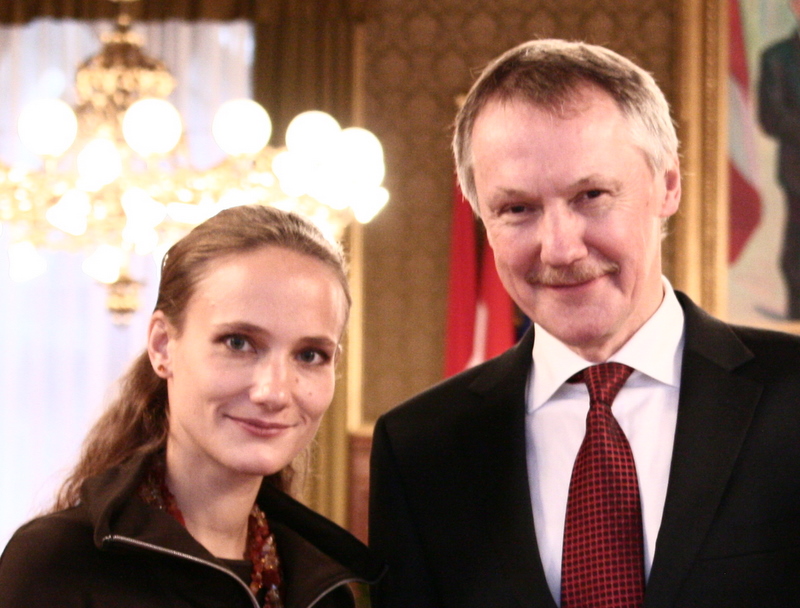Augmentation of residual neural control by non-invasive spinal cord stimulation to modify spasticity in spinal cord injured people

Spinal cord injury impairs brain control over the spinal cord, resulting in partial or complete loss of volitional control of movement. The alteration of activity from the brain further results in an imbalance of activity of the preserved spinal neural circuits below the lesion causing spasticity, one of the most disabling secondary complications after spinal cord injury. We will explore the application of a novel method to stimulate the uninjured spinal cord below the lesion using skin electrodes to alleviate spasticity. The activity provided by this stimulation shall substitute missing neural drive and re-adjust the imbalance of spinal neural circuits" operation. The persistence of suppressed spasticity and enhanced residual movement functions after single intervention and prolonged therapy shall be explored in spinal cord injured persons. The ultimate goal is to improve independence of affected people and their quality of life.